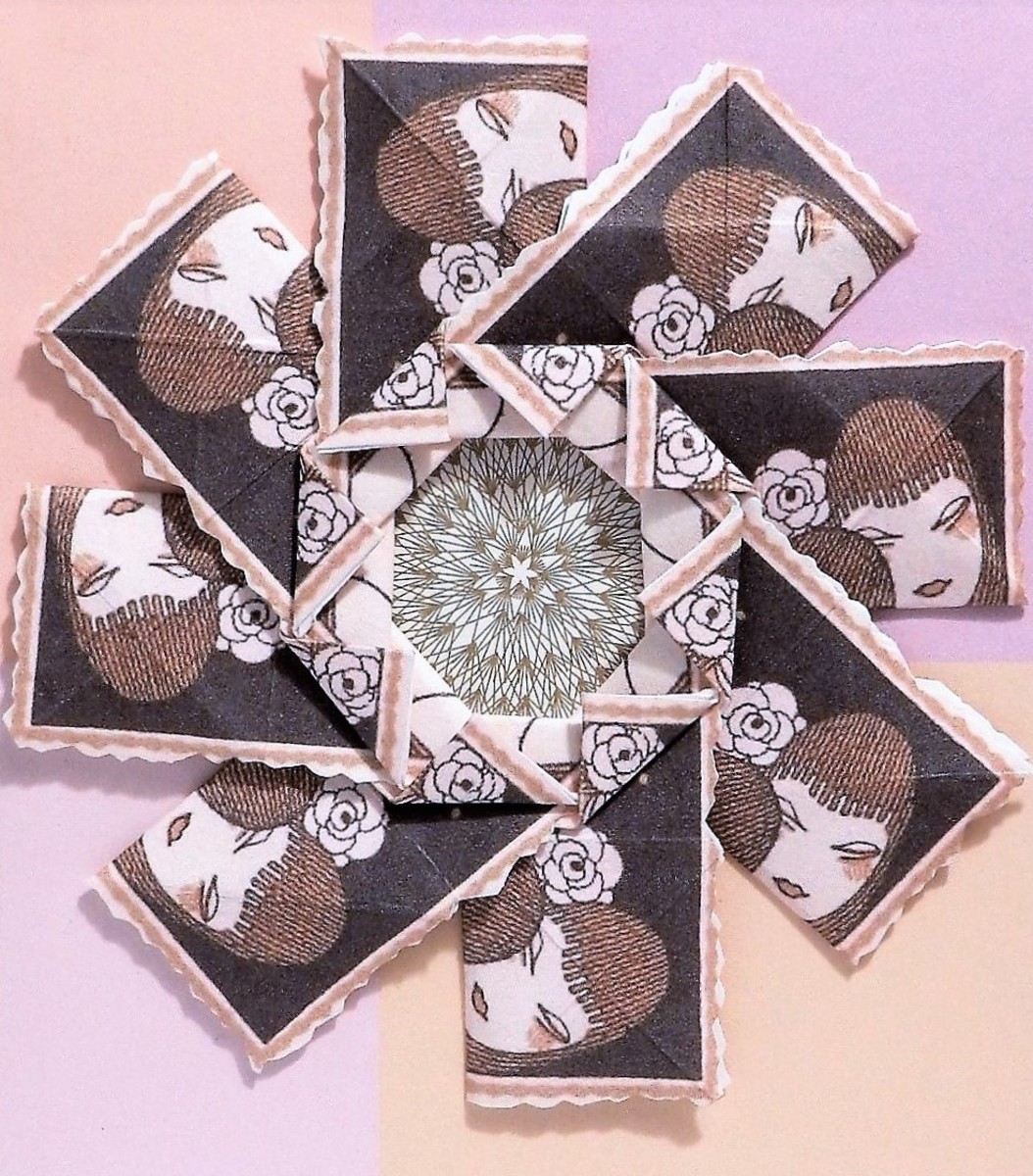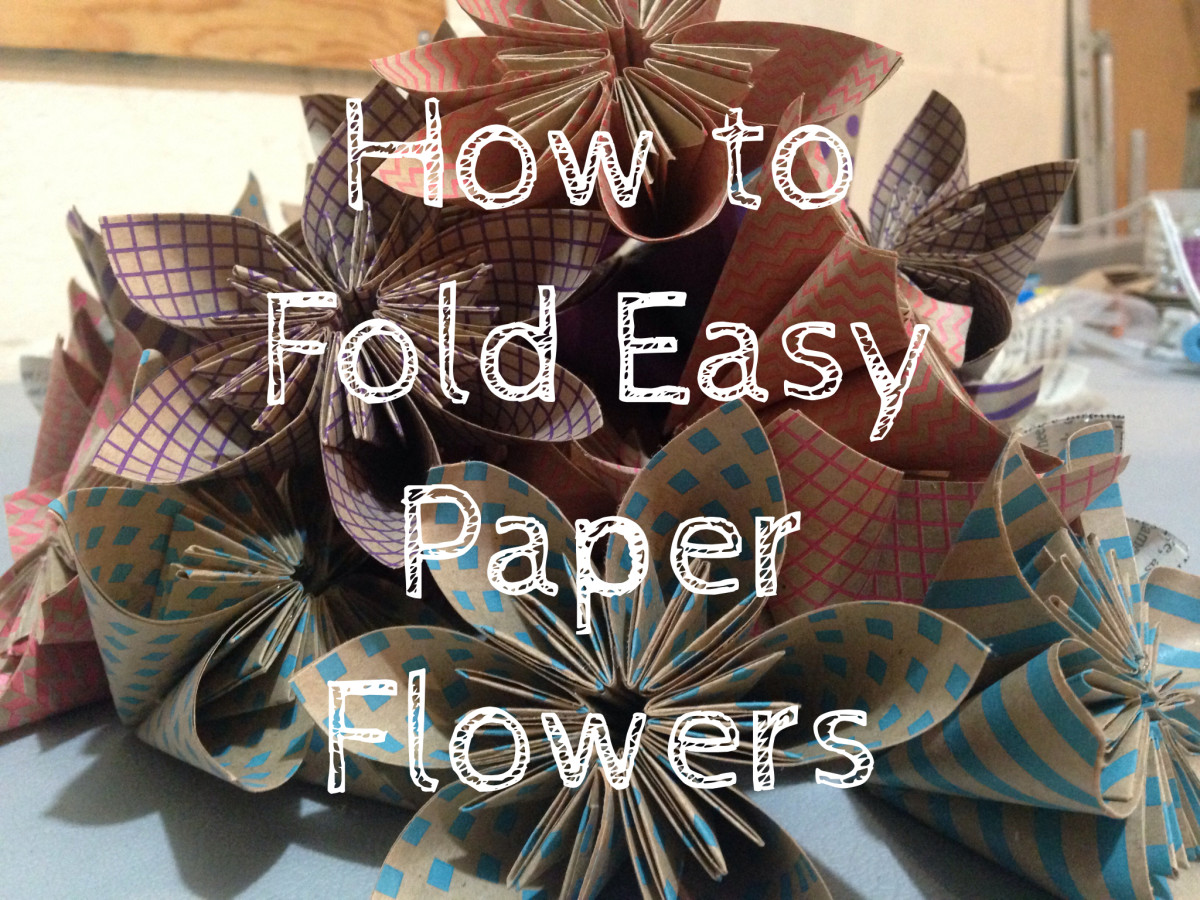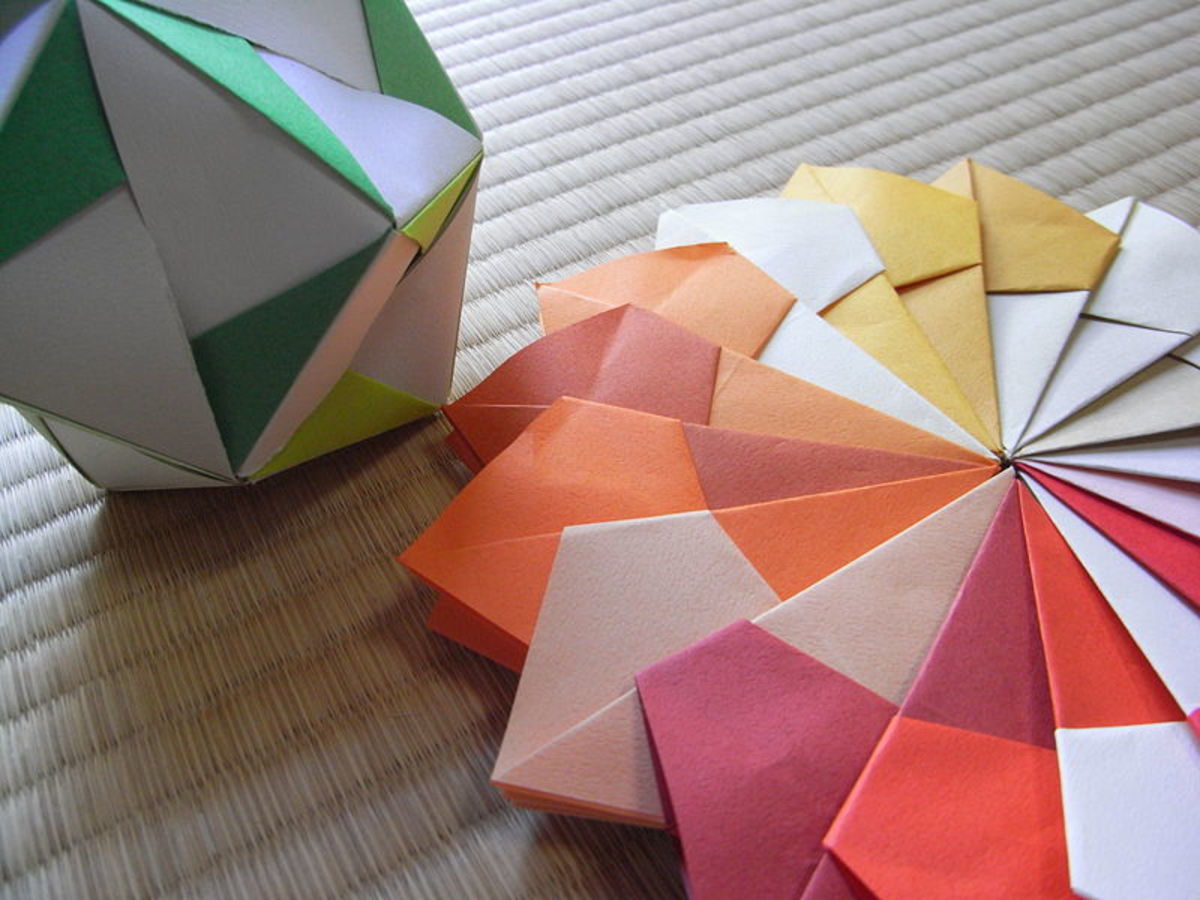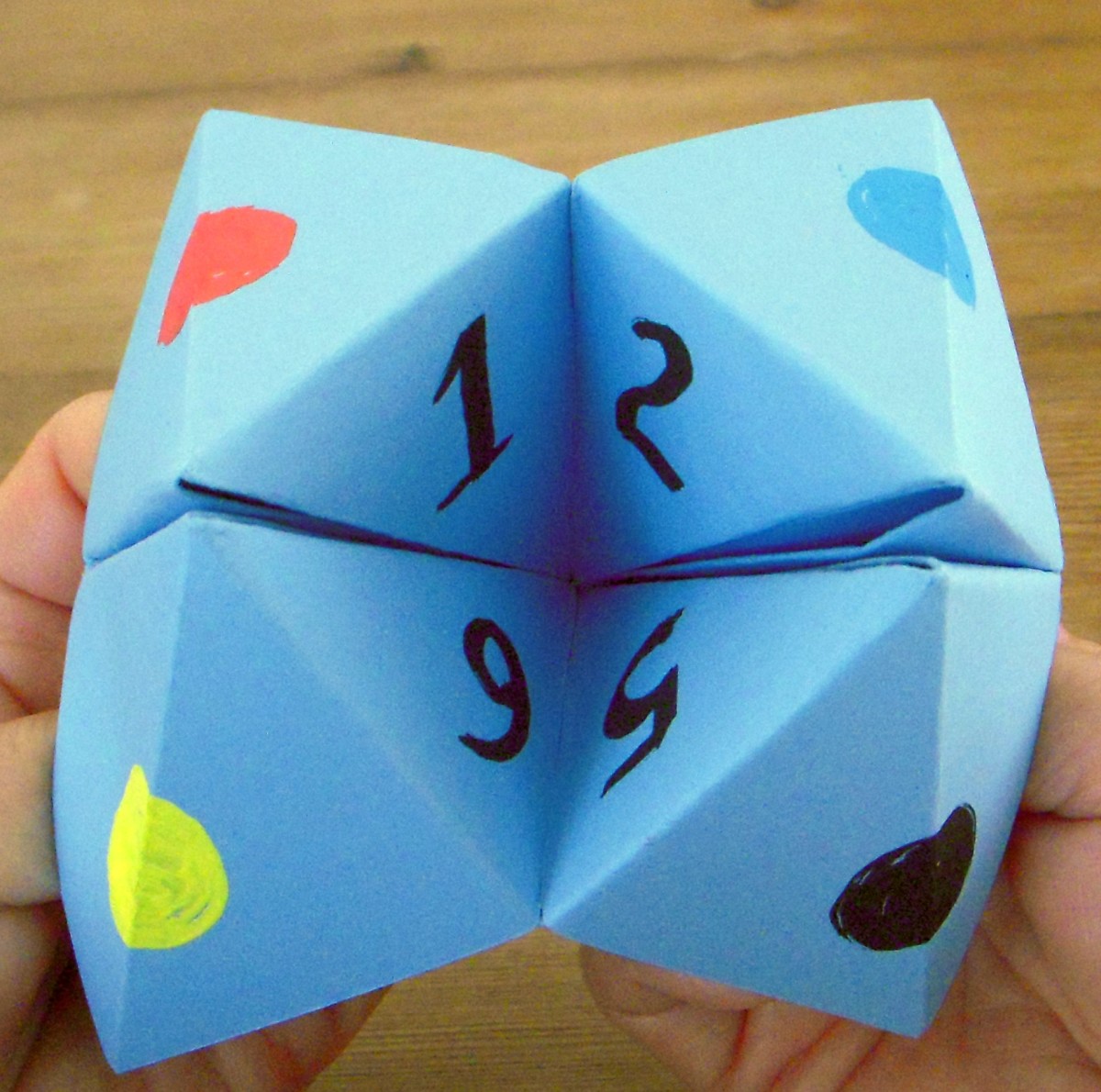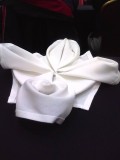- HubPages»
- Arts and Design»
- Crafts & Handiwork»
- Paper Creations
How To Origami
Origami is the art of paper folding. It comes from the Japanese words ORI (folding), and KAMI (paper). Origami is unlike cutting out pieces of paper and gluing them together to make some thing beautiful out of it. It is actually concerned with folding a single piece of paper in such a manner so that we could make a geometric shape or object solely by paper.
Paper was first introduced in China and paper itself is considered to be one of the four great inventions of China. This modern form of paper was introduced in Japan some 700 years ago but the use of paper as an art did not start straight away. Initially the art was only used in making decorative stuff for religious occasions but later on the art really picked up and became really popular.
Origami had become a day to day activity for the Japanese after that. They started to wrap their letters and gifts using this art. Origami became a regular subject in Japan and is taught at elementary level. But now this art is popular world wide.
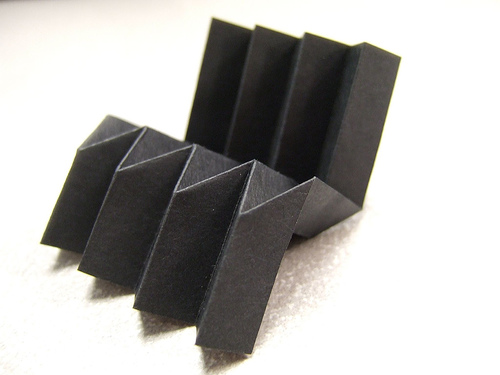
Material required
The art is all about paper so you only need a good paper to work on. There is no cutting no sticking and the challenge is to make a model out of a single sheet of paper or may be more in an advanced form of this art. The sheet of paper should be good enough so that the model could be used for decoration later on. You can use a variety of different colors to make origami models.
There is actually no restriction on what paper you use. You can even use news papers to make you origami model. The paper can be of two colors i.e. one side being plain and the other being colored. Its all up to you how you utilize the paper to make a good looking origami model.
One more thing that you can do to add to the beauty of the model is that color some parts of the paper with glitter or some color of you choice if the paper is white. This coloring thing is to be done prior to the folding and after this the paper folding should be such that the colored areas fit into the right spot of the desired model. For example you can color a butterfly's wings before folding it into one.
Remember, the points on which you make your folds must be very accurate. If you do not fold very accurately, your model may be skewed.
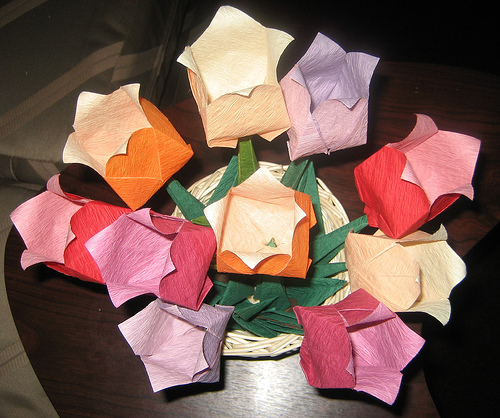
Folds and bases
The basic and the first step in learning Origami is to first get to know how to make 'base folds' which are also called as standard folds. Once a person is aware of this basic principle of origami he can easily build larger objects with out any hassle as he only needs to add another fold to the standard or base folds.
After learning how to make origami base folds, you should try your hand at making simpler models before jumping to the more complex ones. It would be good to use a rough paper to practice your skills or making a rough model before attempting to make a model with a proper origami paper. This will save you from wasting paper.
Once you have mastered making simple origami models, you can start to make bigger complex models. The simpler models can also serve as good decorative stuff but making models using multiple papers is a real challenge and the resulting thing is really beautiful. This type of origami is called modular origami.
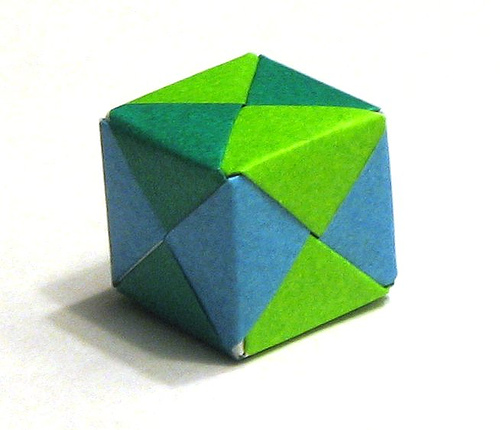
Basic folds
- Valley Fold
- Mountain Fold
- Petal Fold
- Rabbit Ear Fold
- Squash Fold
- Reverse Fold
- Outside Reverse Fold
- Crimp Fold
- Sink Fold
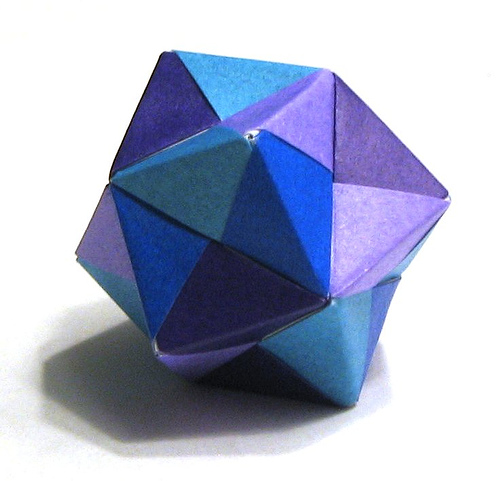
Popular bases
- Preliminary Base
- Bird Base
- Extended Bird Base
- Water Bomb Base
- Fish Base
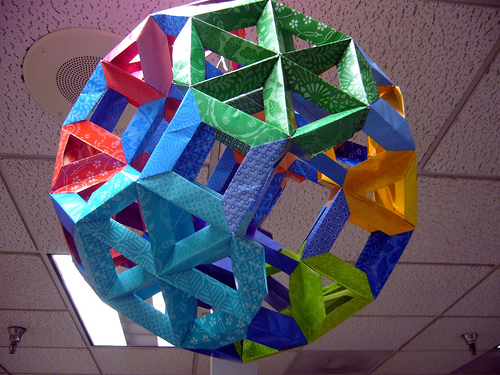
Learning with Origami
Originally considered an activity for children, this art form has now caught the attention of mathematicians, engineers, scientists, computer programmers, college professors and professional artists alike. Preschoolers, senior citizens, and the hospitalized also enjoy it to help time pass.
Some ideas
You can create a lot of things with Origami for children. You can make different animals and insects for science projects or simply decorate the classrooms with this unique form of art. Besides these, we can make birthday hats or decorate birthday gifts with stars and flowers made with Origami.
You can get more information on Origami from books and the Internet. Some sites are listed below:
- Origami USA
This is the website of the American national society devoted to origami, the art of paper folding. On this site you will find many resources for origami aficionados. - Origami Heaven
The website of paperfolding designer, author and publisher David Mitchell - Origami
Visit The Village if you need a designer for print or web-based projects. If you're just browsing, stop in and tour the section on origami, the art of paper-folding.

